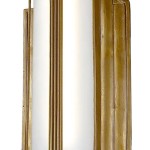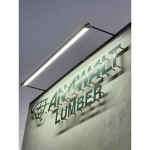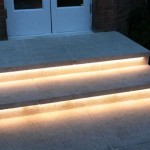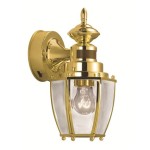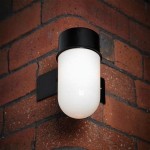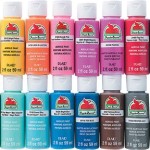Outdoor Lighting Design Calculations Formula
Outdoor lighting design is an essential aspect of creating functional and aesthetically pleasing outdoor spaces. It involves careful planning and calculations to ensure optimal illumination levels, enhance safety, and create a desired ambiance. One crucial aspect of outdoor lighting design is understanding and applying the necessary formulas for calculating light levels and determining the appropriate lighting fixtures.
Illuminance Calculation
Illuminance is the measure of the amount of light falling on a surface. It is measured in lux (lx) or foot-candles (fc). To determine the required illuminance for an outdoor space, consider the purpose of the area, desired ambiance, and safety requirements. For example, pathways and driveways require higher illuminance levels for safe movement, while gardens and patios may require lower levels for a more relaxed atmosphere.
The formula for calculating illuminance is:
Illuminance (lx or fc) = Luminous flux (lm) / Area (m² or ft²)
Where:
* Luminous flux is the total amount of light emitted by a light source, measured in lumens (lm).
* Area is the surface area to be illuminated, measured in square meters (m²) or square feet (ft²).
Luminaire Selection and Spacing
Once the required illuminance level is determined, choosing the appropriate luminaires and their spacing is crucial. Luminaires are the fixtures that house the light source, and their characteristics, such as light distribution pattern, efficiency, and output, influence the overall lighting effect.
The spacing between luminaires depends on the desired uniformity of illumination and the luminaire's light pattern. In general, smaller spacing is required for wider light distribution patterns and higher uniformity. The following formula can be used to estimate luminaire spacing:
Spacing (m or ft) = √(Luminous flux (lm) / (Illuminance (lx or fc) * Area (m² or ft²)))
This formula considers the luminous flux, required illuminance, and the area to be illuminated. It helps determine the appropriate distance between luminaires to achieve the desired lighting effect.
Light Loss Factor
Light loss factors (LLFs) are crucial for accurate lighting design calculations. LLFs account for various factors that reduce the amount of light reaching the illuminated surface, such as:
*
Luminaire depreciation:
Reduction in light output over time due to aging bulbs or luminaire components.*
Lamp depreciation:
Reduction in light output from the lamp itself over time.*
Dirt depreciation:
Reduction in light output due to dirt and dust accumulating on the luminaire and lamp surface.*
Ambient temperature:
Temperature variations can affect lamp output.*
Reflector and lens losses:
Losses due to the light reflecting or refracting through luminaire components.LLFs are typically expressed as a percentage and are multiplied by the initial light output to determine the actual light reaching the surface. For accurate calculations, consult manufacturers' data sheets or consult with lighting specialists.
Conclusion
Outdoor lighting design calculations involve a systematic approach using formulas to determine illuminance levels, select appropriate luminaires, and account for light loss factors. By understanding these fundamental principles, outdoor lighting designers can ensure the creation of functional, visually appealing, and safe outdoor environments. Remember to always follow safety guidelines and consult with qualified professionals for complex projects.

Street Lighting Design Layout Calculations Electrical4u

Lighting Calculator
Lighting Calculations

Free Recessed Lighting Calculator

Led Lighting Requirement Calculator Charlston Lights

Street Lighting Design Layout Calculations Electrical4u
Lighting Calculations

Lumen Method Lighting Calculation Example

Lumen Method Lighting Calculation Example

Street Lighting Design Layout Calculations Electrical4u
Related Posts
